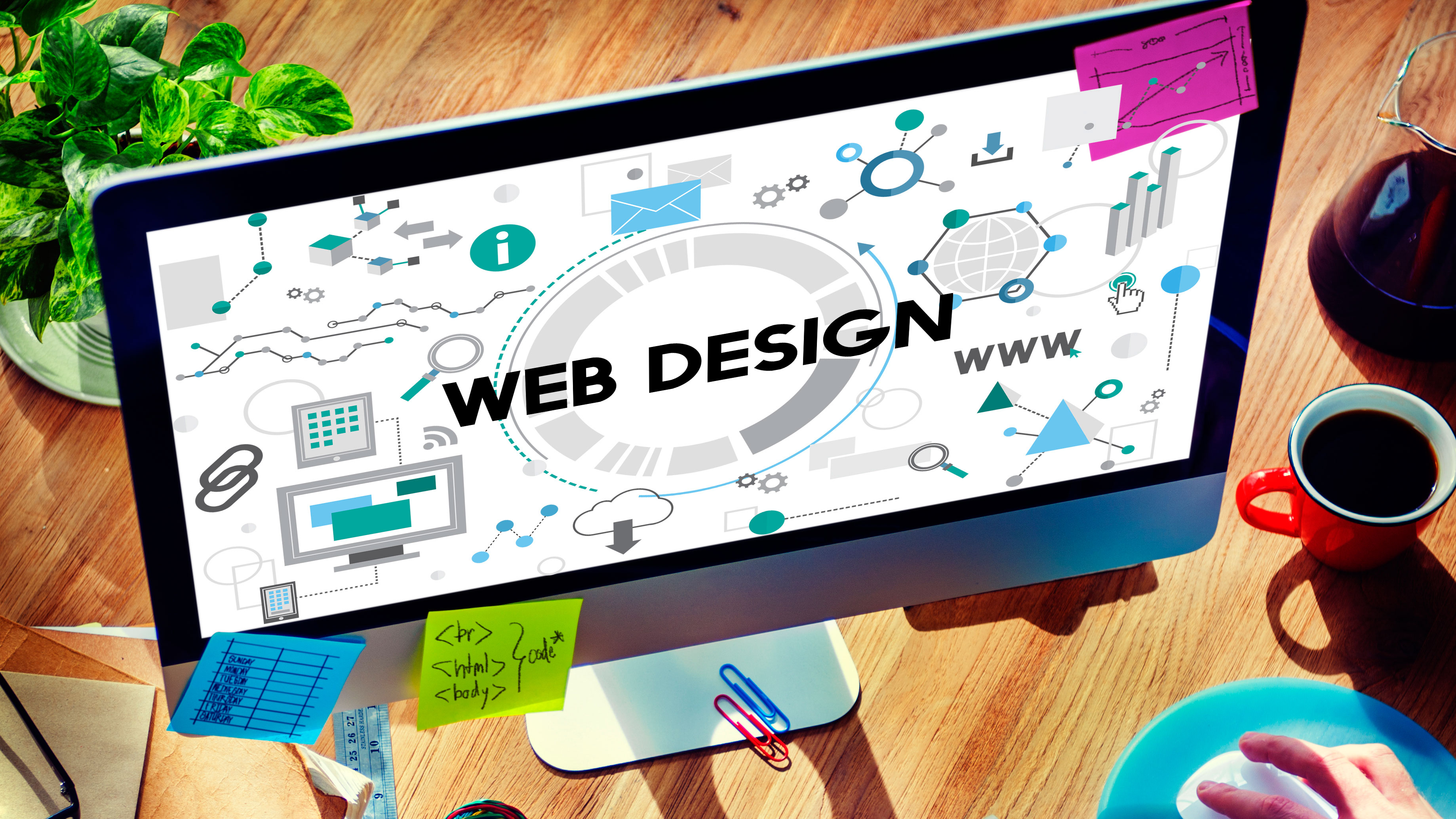Aligned Position Web Design: Crafting Visually Appealing Websites for Modern Businesses
Aligned Position Web Design: Crafting Visually Appealing Websites for Modern Businesses
Blog Article
The Very Best Kinds Of Web Layout to Boost Customer Experience and Engagement
In the ever-evolving landscape of digital communication, the effectiveness of Web layout dramatically influences user experience and involvement. Numerous style strategies, such as minimal, responsive, and interactive designs, each offer unique advantages that can cater to diverse individual needs.
Minimalist Website Design
As electronic landscapes come to be increasingly chaotic, minimalist Web style has become a powerful technique to enhancing user experience. This style ideology prioritizes simpleness, focusing on important elements while removing unneeded disturbances. By using adequate white area, uncomplicated navigating, and a restricted shade scheme, minimal layout promotes clearness and routes individual focus to crucial content.
The core concept of minimalist website design is to produce a seamless interaction for customers. By minimizing cognitive tons, customers can quickly comprehend information without really feeling bewildered. This straight strategy not just improves use however likewise motivates involvement, as site visitors are extra most likely to explore a site that is very easy and aesthetically appealing to navigate.
Furthermore, minimalist style commonly stresses typography and images, using these aspects tactically to communicate messages effectively. This focus on necessary elements can improve brand name identification and create a memorable user experience. Basically, minimal Web style is not just a trend; it is a thoughtful method that identifies the importance of user-centered style. By removing nonessential aspects, developers can create a more engaging, reliable, and enjoyable Web experience for all individuals.
Receptive Web Style
In today's diverse electronic atmosphere, responsive Web design has actually ended up being essential for developing a smooth individual experience throughout a wide range of gadgets. As individuals access sites on mobile phones, laptops, desktop computers, and tablets, the capability of a site to adjust its layout and web content to various screen dimensions and resolutions is vital.
Responsive Web layout uses adaptable grids, photos, and CSS media queries to guarantee that Web material is presented ideally, no matter the device utilized. This technique not just boosts the aesthetic charm of a website but additionally significantly enhances functionality. Users are extra likely to engage with a website that supplies a consistent experience, as it removes the stress of having to zoom in or scroll excessively.
By adopting receptive design, services can improve their visibility and reach a broader audience. In recap, receptive Web style is a fundamental practice that boosts user experience, interaction, and total satisfaction.
Interactive Web Design
Receptive Web style prepares for enhancing individual experience, but interactive Web design takes this an action even more by involving users in an extra vibrant way - Aligned Position Web Design. By integrating aspects such as animations, clickable models, and real-time comments, interactive website design captivates customers, attracting them into a richer browsing experience
This approach not only cultivates involvement however likewise encourages users to check out content actively instead of passively eating it. Strategies such as gamification, where customers gain benefits for completing jobs, can dramatically boost the time spent on a site and improve total contentment. Interactive features can simplify complex information, making it more pleasurable and absorbable.

Including interactive layout aspects can likewise result in higher conversion rates, as individuals are more probable to involve with a site that actively involves them. Aligned Position Web Design. Inevitably, interactive website design browse around this web-site transforms individual experiences into unforgettable journeys, ensuring that site visitors return time and again
Apartment Design
Defined by its minimalistic method, flat design stresses simpleness and performance, removing away unnecessary components and concentrating on necessary attributes. This style viewpoint focuses on functionality, ensuring that individuals can navigate interfaces effortlessly and performance. By using a clean aesthetic, level style removes the mess usually located in much more elaborate styles, thus boosting individual emphasis on web content and functionality.
The hallmark of flat design depends on its use of strong shades, straightforward typography, and geometric shapes. These components add to a visually enticing user interface that is both friendly and modern-day. In addition, flat layout promotes a sense of quality, allowing individuals to determine essential actions and info without interruption.
Moreover, level style is specifically effective in receptive website design, as its simpleness translates well across different devices and screen sizes. The lack of complex textures and gradients decreases filling times, which is crucial for maintaining customer engagement. As digital landscapes remain to progress, level layout remains a relevant option for developing easy to use web sites that enhance total experience. By concentrating on important features, flat design not just satisfies individual demands however additionally encourages smooth interaction, making it a crucial component of reliable Web style methods.
Adaptive Web Design
Adaptive website design tailors the customer experience by creating multiple repaired designs tailored to various display dimensions and gadgets. Unlike responsive layout, which fluidly adjusts a solitary format, adaptive design employs distinctive formats for specific breakpoints, making certain optimal presentation on various platforms. This strategy enables developers to concentrate on the distinct characteristics of each device, boosting usability by delivering precisely what users need based upon their context.
One of the key advantages of flexible website design is its capability to optimize tons times and performance. By serving customized content and pictures that fit the individual's tool, websites can minimize data use and enhance loading rates. This is specifically beneficial for individuals with slower connections or limited data plans.

Additionally, flexible style promotes a more regulated and regular branding experience. Because designers produce numerous layouts, they can make sure that the visual components line up with the brand's identity throughout various platforms - Aligned Position Web Design. This leads to a cohesive individual experience, enhancing engagement and advertising customer retention
Verdict
To conclude, the integration of minimal, receptive, and interactive Web design concepts substantially improves individual experience and interaction. Minimalist design cultivates clearness and focus, while receptive design check my blog ensures adaptability across various tools, promoting accessibility. Interactive style captivates users via dynamic elements, urging expedition and personalization. Jointly, these style comes close to contribute to the production of easy to use atmospheres that not just boost contentment yet also drive greater conversion rates, highlighting their important importance in modern website design methods.

Minimalist layout promotes clarity and emphasis, while receptive design guarantees flexibility across numerous gadgets, promoting ease of access. Jointly, these design comes close to add to the creation of user-friendly settings that not only boost contentment however also drive higher conversion prices, underscoring their critical value in contemporary Web design approaches.
Report this page